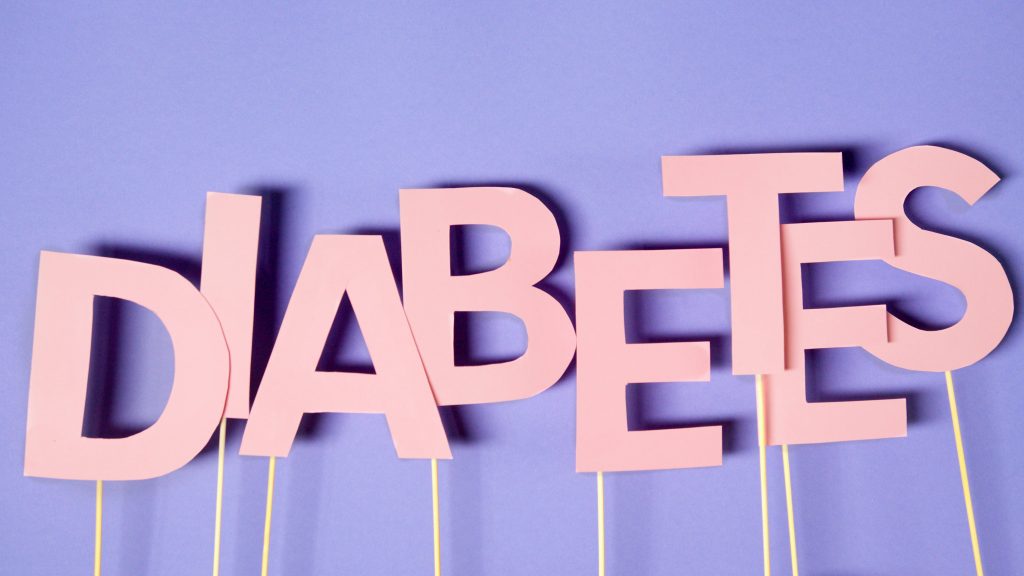Welcome to a deep dive into the complex world of diabetes, where we unravel how our bodies utilize food for energy and the profound impact of diabetes on this system.
The Science Behind Glucose and Insulin
Our journey begins with carbohydrates – found in starches, sugars, dairy, and fruits – broken down into glucose. This vital sugar is the primary fuel for our cells. When glucose enters our bloodstream, the pancreas releases insulin, the key that unlocks cells, allowing them to absorb glucose and maintain balanced blood glucose levels.
Diabetes: A Tale of Two Types
Diabetes disrupts this delicate balance in two primary forms: Type 1 and Type 2. In Type 1 diabetes, an immune response destroys insulin-producing cells, leading to elevated blood glucose levels. Symptoms like frequent urination, thirst, and weight loss emerge rapidly but can be managed with insulin therapy.
Type 2 diabetes, however, presents a more complex picture. It may result from inadequate insulin production or poor insulin utilization, often linked to obesity and genetics. This type sees cells struggling to absorb glucose due to fat deposits, leading to high blood glucose levels. Symptoms vary and can develop slowly, making early detection challenging.
Expert Insights on Diabetes Management
Healthcare professionals unanimously agree on understanding diabetes types and their management. A consensus in the medical community is that early detection and lifestyle interventions are crucial in managing diabetes effectively. Experts suggest a comprehensive approach, focusing on diet, regular exercise, and, when necessary, appropriate medication to control the condition effectively. This holistic strategy is pivotal in maintaining blood sugar levels and reducing the risk of complications associated with diabetes.
One-Week Meal Plan for People with Type 1 and Type 2 Diabetes
General Guidelines:
- Focus on whole, unprocessed foods.
- Include a variety of fruits, vegetables, whole grains, and lean protein in each meal.
- Choose healthy fats, such as avocados, nuts, and seeds.
- Limit added sugars, processed foods, and saturated and unhealthy fats.
- Aim for 30 grams of fiber per day.
- Monitor blood sugar levels regularly and adjust meals and medications as needed.
Day 1:
- Breakfast: Greek yogurt with berries and granola
- Lunch: Grilled chicken salad with whole-wheat bread
- Dinner: Salmon with roasted vegetables and quinoa
- Snack: Carrot sticks with hummus
Day 2:
- Breakfast: Scrambled eggs with spinach and whole-wheat toast
- Lunch: Lentil soup with whole-grain crackers
- Dinner: Turkey chili with brown rice
- Snack: Apple slices with almond butter
Day 3:
- Breakfast: Oatmeal with chia seeds and fruit
- Lunch: Black bean burgers on whole-wheat buns with avocado and lettuce
- Dinner: Chicken stir-fry with brown rice and vegetables
- Snack: Cottage cheese with berries
Day 4:
- Breakfast: Whole-wheat pancakes with fruit and nuts
- Lunch: Tuna salad sandwich on whole-grain bread with lettuce and tomato
- Dinner: Shrimp scampi with whole-wheat pasta and broccoli
- Snack: Greek yogurt with fruit and granola
Day 5:
- Breakfast: Smoothie with spinach, banana, and protein powder
- Lunch: Leftover lentil soup with whole-wheat bread
- Dinner: Baked tofu with roasted vegetables and quinoa
- Snack: Apple slices with cheese
Day 6:
- Breakfast: Whole-wheat waffles with fruit and yogurt
- Lunch: Chicken Caesar salad with whole-wheat bread
- Dinner: Beef and vegetable stir-fry with brown rice
- Snack: Cottage cheese with sliced cucumber and tomato
Day 7:
- Breakfast: Scrambled eggs with whole-wheat toast and avocado
- Lunch: Leftover chicken stir-fry with brown rice
- Dinner: Salmon with roasted vegetables and quinoa
- Snack: Greek yogurt with berries
Additional Tips:
- Drink plenty of water throughout the day.
- Plan your meals and snacks to avoid unhealthy choices.
- Read food labels carefully and choose options with fewer carbohydrates and added sugars.
- Cook more meals at home to control ingredients and portion sizes.
- Be physically active for at least 30 minutes most days of the week.
- Connect with others who have diabetes for support and encouragement.
Remember, this is just a sample meal plan. There are many other delicious and nutritious options available. Experiment with different flavors and ingredients to find what works best for you.
The Human Experience of Diabetes
Living with diabetes is not just a physical challenge but an emotional one. The emotional and psychological toll can be significant, affecting individuals and their families too. Statistics reveal that millions worldwide live with this condition, underscoring its widespread impact.
Empowering Through Practical Advice
Managing diabetes effectively involves more than just understanding its science; it is about practical, everyday actions. This includes:
- Diet and Exercise: Incorporating a balanced diet and regular physical activity can significantly improve blood sugar control.
- Medication Adherence: For many, especially those with Type 2 diabetes, medications become a necessary part of management over time.
- Regular Monitoring: Keeping track of blood sugar levels helps make informed decisions about diet, activity, and medication.
Support and Resources
Remember, you are not alone in this journey. Many organizations and online forums offer support and resources for those with diabetes. Connecting with others who share similar experiences can be incredibly empowering.
Conclusion:
Understanding the role of diet in diabetes and the importance of early intervention and treatment can transform lives. It is about making informed choices and small, consistent changes in lifestyle habits to manage or even prevent diabetes. Let us embrace this knowledge as a tool for healthier living and longevity.
Get in on the action and tune in to the Army Gymnastics Podcast today! Please find us on your favorite platforms, including Spotify, Apple, Google, Pandora, and Amazon Music. Don’t miss out on the latest and greatest from Army Gymnastics – start listening today on Spotify





